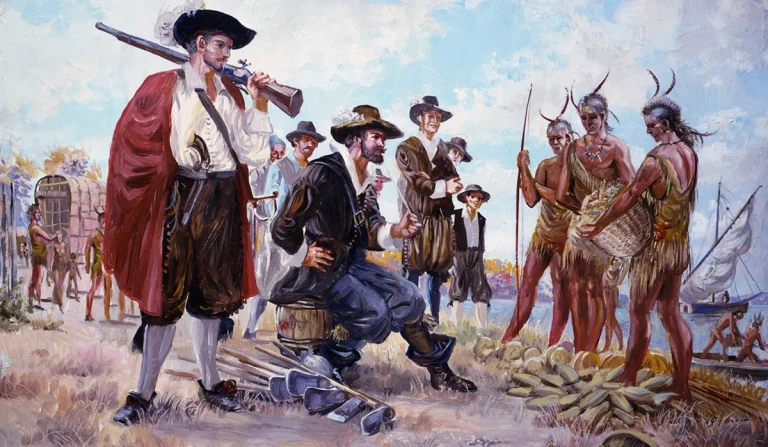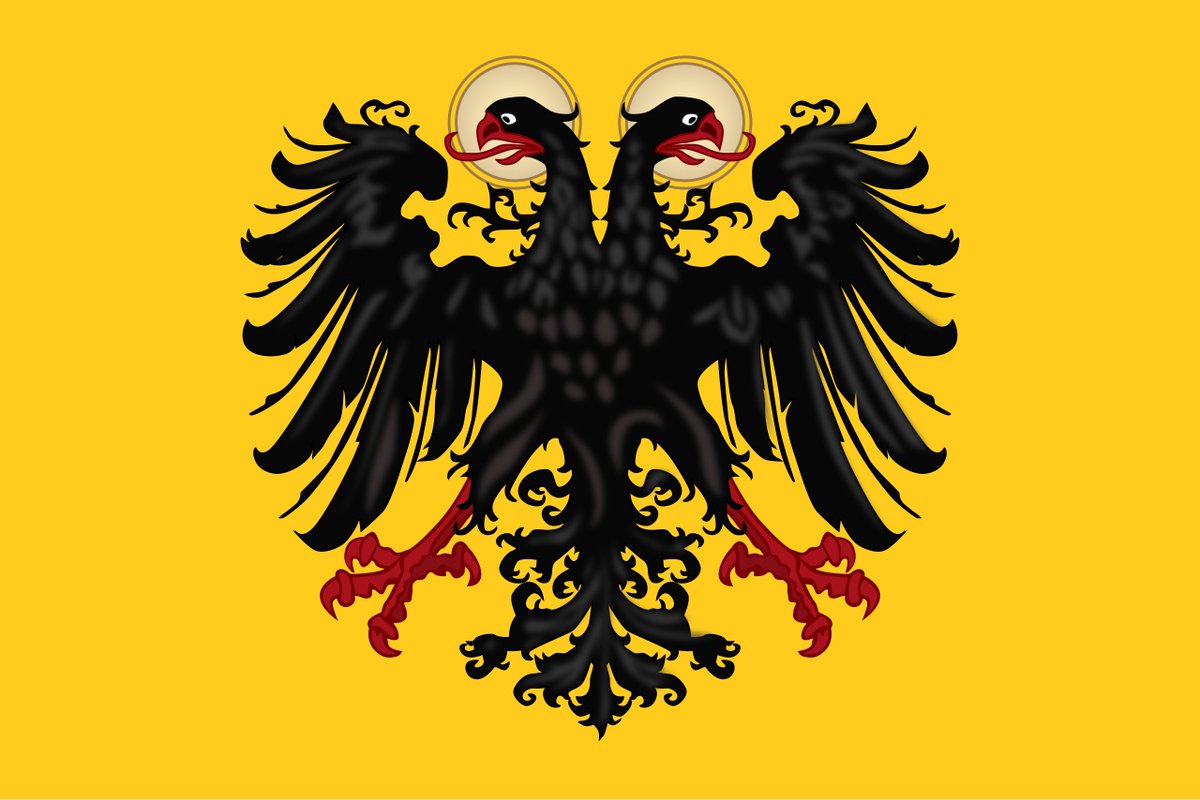Did you know? The origin of Jägermeister logo comes from the ancient medieval saint Hubertus who became the first bishop of Liège in 708. Hubertus had a vision in which a stag with a glowing cross between its antlers appeared! What did the stag tell him? I explain... (thread) 





Hubertus was born around 656 near Toulouse as the song mighty Duke of Aquitaine Bertrand. Like many aristocrats, he enjoyed hunting, but he took it too far and became addicted to it and was a very greedy hunter as he kept hunting and killing animals in the forests of Ardennes! 

One day Hubertus stalked a magnificent stag. Just as Hubertus stalked in for the kill, the stag is said to have turned directly toward him revealing a shining crucifix suspended between its antlers and started talking to him! The stag told Hubertus to turn to the Lord! 

Hubertus was moved by this vision and changed his lifestyle. Furthermore, the stag lectured Hubertus that he needs to held animals in higher regard as they're God’s creatures, never to shoot females with young and hunt old and sick animals and with quick and clean kills instead. 

Hubertus listened to this and started preaching about the ethics of hunting. These principles became important all over Europe and Saint Hubertus was widely venerated and considered a patron saint of hunters! 



*son of the mighty Duke of Aquitaine Bertrand
• • •
Missing some Tweet in this thread? You can try to
force a refresh







































